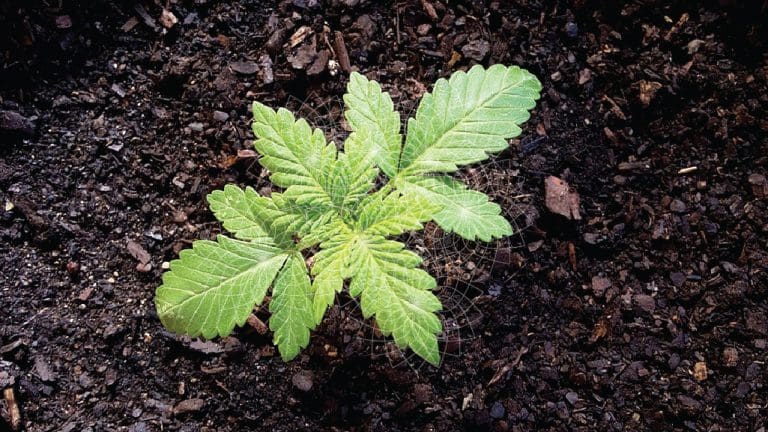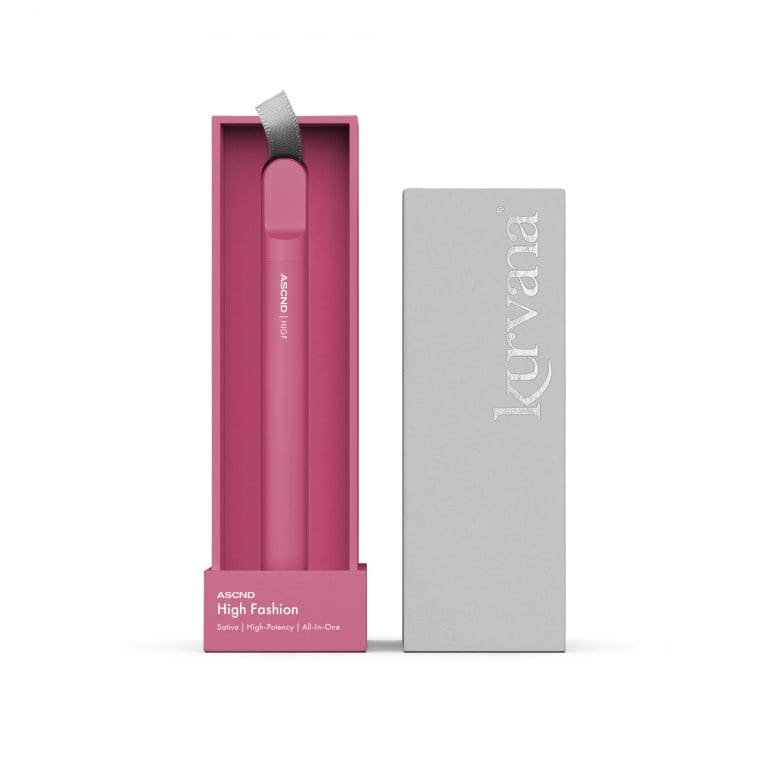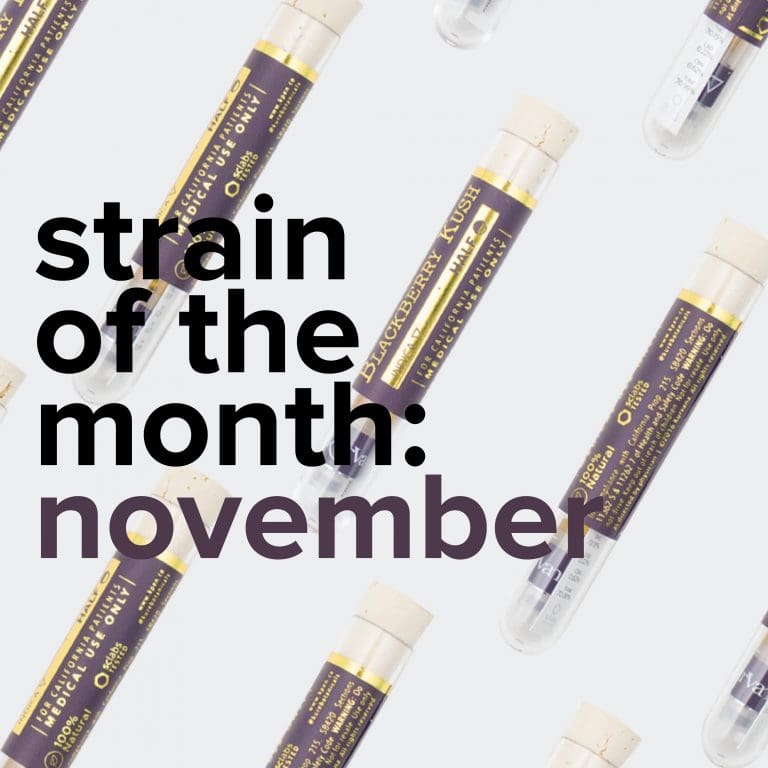
What Is The History Of Vaping? Exploring the Evolution of the Vape Pen
Walk into any dispensary and there are a myriad of options for cannabis users to medicate. You’re likely to see an entire section dedicated to the cannabis vape pen. Since the popularization of cannabis vapes, hundreds of companies have popped up offering seemingly identical products. The benefits are clear: portability, discretion, and consistent dosing.
Still, with all of the options available and their likeness to e-cigarettes, some patients are ill-informed and intimidated by the world of vaping. In reality, the modern vape has allowed us to reap the benefits of cannabis in a completely new and innovative way.
Before we discuss the advantages of current vape technology, let’s peer back into the origin of the e-cig.
What Is A Vape Pen?
A vape pen, also known as a vaporizer or THC vape pen, is a compact, pen-shaped device designed for the purpose of inhaling vaporized substances, typically cannabis. It consists of a battery, a heating element, and a cartridge or tank. The battery powers the heating element, which then heats the cannabis oil, or THC vape oil, in the cartridge to create vapor. This vapor is then inhaled through a mouthpiece.
Vape pens are favored for their convenience, discreetness, and efficiency in delivering the active compounds of substances like THC and CBD in cannabis. They have become a popular alternative to traditional smoking methods, offering a smoother inhalation experience. Vape pens also have the advantage of allowing the end user to experience the full range of terpenes that are present in cannabis.
The Early Beginnings of Vaping and Technological Advancements
Vaping’s origins can be traced back to ancient times, with modern developments emerging in the 20th century. These initial designs set the stage for the portable and efficient devices we see today.
From rudimentary devices to Kurvana’s latest high-performing hardware, the evolution of vaping technology is marked by significant milestones.
Innovations in THC vape cartridges and refill mechanisms have revolutionized the vaping experience. Kurvana’s next generation Hardware, for instance, features an automatic battery and high airflow design, ensuring consistency from the first to the last draw.
Who Created the First Vape Pen?
If you’re wondering who invented vapes, the answer is slightly hazy. That’s because the first vaporizer specifically designed for cannabis oil is harder to pinpoint compared to the invention of the general e-cigarette. The concept of vaporizing cannabis itself dates back much earlier, with various forms of herbal vaporizers existing for decades.
The first patented electronic cigarette was invented by a Korean War veteran, Herbert A. Gilbert, sometime in the early 1960’s. Gilbert’s inspiration for developing the e-cig came from his simple observation that smoking dry tobacco leaves felt disgusting. To Gilbert, the act of burning and smoking something was repulsive.
Although never officially launched into the market, Gilbert’s design, including a flavor cartridge, heating mechanism, mouthpiece, and long, slim shape, certainly paved the way for all vape designs that followed.
In 1993, the first vaporizer that was designed specifically for cannabis became available. It was called the Shake and Vape, and its design is attributed to a Native American named Eagle Bill. His device was a small glass pipe with a chamber, and worked much in the same way a dry herb vaporizer works today.
Instead of using THC vape refill cartridges, a dry herb vaporizer gently heats ground cannabis flower. These devices have improved significantly over the years, and today’s market offers a vast array of dry herb vape hardware.
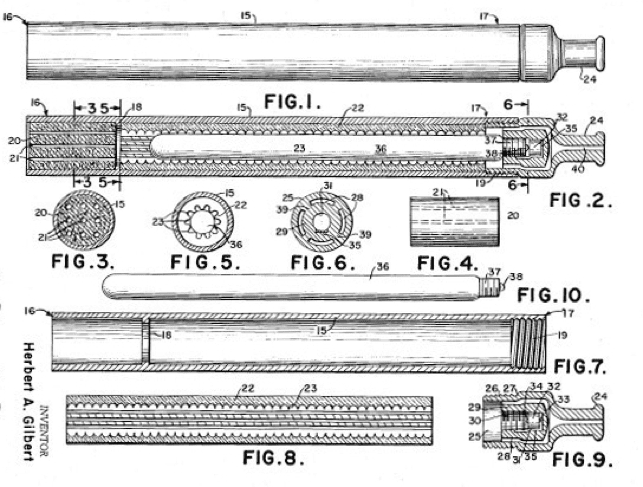
When did vape pens become popular in the U.S?
Before billowing clouds and box mods the size of your head, vape pens were a simple device resembling traditional cigarettes. Predominantly used as a healthier alternative for consuming nicotine, they were introduced to the United States around 2006. Most of the e-cigarettes were disposable and could be purchased alongside plastic bongs and rasta colored ashtrays within head and tobacco shops.
Over time, the e-cigarette got a distinct style all its own: a thicker diameter, numerous color and material options, snazzy mouth tips, and customizable battery power settings. No longer viewed by the public as an extension of big tobacco, the vape industry flourished and its own subculture was born.
What about cannabis oil vape pens?
Although its history is cloudy, the cannabis vape pen industry has nearly eclipsed that of the e-cig in the past few years. As cannabis entered the mainstream, companies specializing in e-cigarette gear began making new devices in a variety of shapes and sizes, some designed for dry herb and some for wax and oil. Others, like Kurvana, released cartridges optimized for cannabis oil viscosity, pre-filled with our own curated cannabis oil.
Finally, cannabis users could go outside and enjoy cannabis relief without carrying a heavy and conspicuous piece of glass around. Forget about lighters or torches; these devices deliver effects with the press of a button (in Kurvana’s case, without a button)!
Of course, the most enticing feature of a cannabis vape pen is that it is discrete- from its look to its lack of smell. The vapor does not produce a cannabis-associated scent and most people will assume the user is smoking nicotine.
So, we can likely thank the prohibition of cannabis for the popularity of vape pens; there was and still is a need for discretion. Vapes solve this problem.
While its popularity may have been due to its deceptive similarity to an e-cig, users quickly realized it was a healthier alternative. In addition to its portability and ease of use, many noticed an improvement in their respiratory system after swapping their bong for a pen.
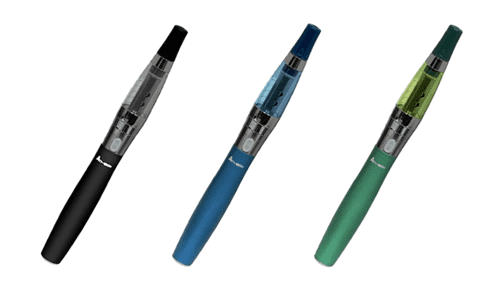
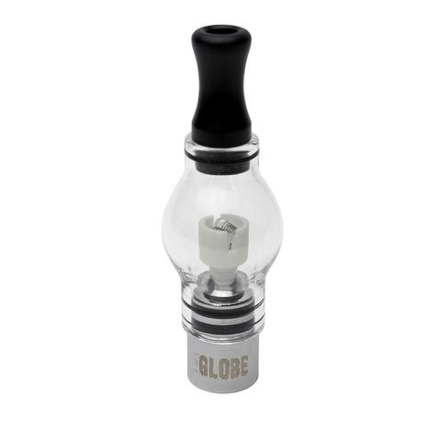

How Are Vapes Made? How Vape Pens Have Improved
The heating mechanisms within the earliest vape pens were not optimized for cannabis oil. Each hit essentially burned the product inside, resulting in the degradation of essential cannabinoids. Since its inception, the cannabis vape pen has certainly improved in all aspects, including style, reliability, and tastiness of hit. Like the industry itself, Kurvana is constantly improving.
Our vape pens are designed with user experience in mind, and come in two designs: standard cartridges and all-in-one vape pens. The cartridges are paired with high-quality stainless steel hardware, ensuring durability and a premium feel. The batteries of these devices are crafted to gently heat our pure, full-spectrum cannabis oil so that each draw amplifies the true-to-strain taste.
Our latest performance improvements have reengineered the hardware to outperform all previous generations of cartridges. The battery features include a slim design, buttonless operation, quick charge, and a 350mAh capacity, making them easy to use and highly efficient.
Kurvana is proud to be a part of advancing the cannabis industry and crafting premium products that adhere to the highest standards of safety and purity.
Keep in mind that while vaping is perfectly legal in California, it’s a good idea to stay informed on state and local laws regarding where cannabis consumption is permitted, both indoors and out. For a complete list of current restrictions, read our blog post on where you can and cannot vape in the Golden State.
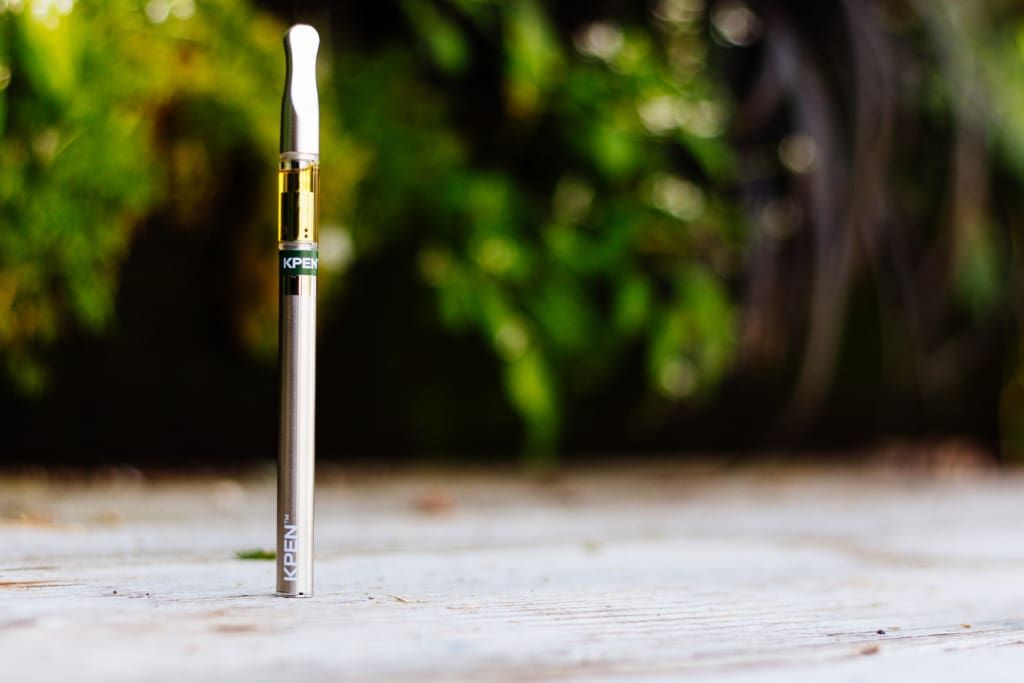
People Also Ask:
What is the origin and history of vape?
The origin of vaping goes back to ancient practices, but modern vaping began in the 20th century. Today, it has evolved into sophisticated devices like Kurvana’s vape pens, which are designed for optimal inhalation of cannabis oil and concentrates.
What is the history of vaping in the US?
Vaping in the US has seen significant evolution, from early prototypes to advanced devices like Kurvana’s sleek vape pens. The history of vaping in the country mirrors technological progress and cultural shifts.
How do vape pens work?
Vape pens, such as those from Kurvana, work by heating THC vape oil in a cartridge. The battery powers the heating element, warming the oil to produce vapor, which is then inhaled.


